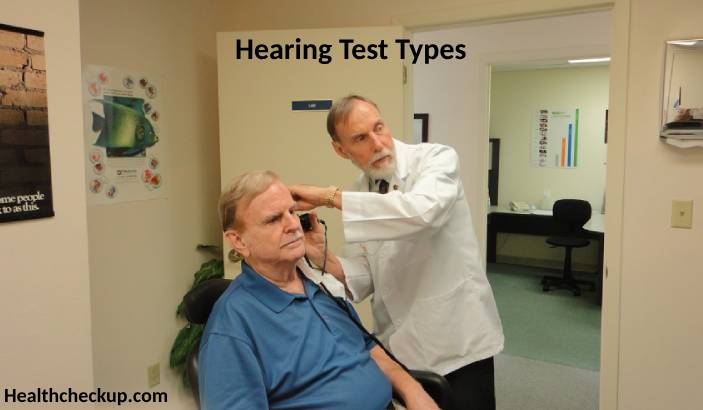Hearing loss is a prevalent health issue among adults, which can arise from various factors including aging, exposure to loud noises, infections, and genetic predispositions. Regular hearing tests are essential to diagnose and manage hearing impairment effectively.
Purpose of Hearing Tests for Adults
- Detection of Hearing Loss: The primary purpose of hearing tests is to measure the ability to hear different sounds, pitches, or frequencies and to determine the type and degree of hearing loss.
- Diagnosing Underlying Health Issues: Hearing tests can help diagnose related health conditions that may affect hearing, such as ear infections, fluid buildup, or damage to the ear structure.
- Aiding in Treatment Planning: Results from hearing tests are crucial in developing a treatment plan, which may include medical treatment, hearing aids, or other assistive listening devices.
Preparation for the Test
- Medical History Review: Before the test, individuals should provide a complete medical history to the audiologist, including any symptoms of hearing loss, exposure to loud noises, and previous ear-related health issues.
- Avoiding Loud Noises: It’s advisable to avoid exposure to excessively loud noises prior to the test to prevent temporary threshold shift, which can temporarily affect hearing ability.
- Earwax Check: Ensuring that the ears are free from excessive wax buildup is important, as this can affect the test results. An ear examination may be conducted prior to the test to check for wax or any other obstructions.
Procedure of Hearing Tests for Adults
- Pure-Tone Audiometry: This test measures the softest, or least audible, sounds an individual can hear at different frequencies. It involves wearing headphones connected to an audiometer, which emits a range of beeps and whistles (tones) at various volumes and pitches.
- Speech Audiometry: This assesses the ability to hear and understand ordinary speech. The test involves listening to spoken words at different volumes, which are presented through headphones or in a soundproof room.
- Tympanometry: This procedure evaluates the function of the middle ear and eardrum movement by varying air pressure in the ear canal.
- Bone Conduction Testing: This test helps to determine the efficiency of the inner ear and the type of hearing loss, by bypassing the outer and middle ear.
Normal Range
- Frequency Range: Normal hearing range involves the ability to hear sounds from 20 Hz to 20,000 Hz. Adults typically undergo tests for frequencies important for understanding speech (500 Hz to 4,000 Hz).
- Audiometric Zero: This refers to the standard against which hearing is measured and is based on the average hearing ability of young adults. Normal hearing threshold is typically 0 to 20 decibels (dB).
Results Interpretation
- Normal Hearing: Indicates the ability to hear sounds at 0 to 20 dB. Individuals can hear soft sounds and understand speech clearly at normal levels.
- Mild to Moderate Hearing Loss: Individuals may struggle to hear sounds quieter than 25 dB and may have difficulty understanding speech in noisy environments.
- Severe to Profound Hearing Loss: May only hear sounds louder than 70 dB or not hear at all, significantly affecting the ability to communicate without hearing aids or cochlear implants.
Hearing tests for adults are crucial for timely diagnosis and management of hearing loss. These tests help in identifying not only the presence and extent of hearing impairment but also in determining the most appropriate intervention to enhance hearing and quality of life. Regular hearing screenings are recommended for adults, especially those who are at risk due to factors like age, occupational noise exposure, or genetic predisposition.
I specialize in writing about health, medical conditions, and healthcare, drawing extensively from scientific research. Over the course of my career, I have published widely on topics related to health, medicine, and education. My work has appeared in leading blogs and editorial columns.









